
Patios, Walkways & Driveways
We unite suppliers and green industry professionals worldwide
Daikon radish is a large white root vegetable used in a lot of Asian dishes. It has a subtle flavor; it is somewhat sweet and slightly peppery. This is one of the veggies that tastes sweet and crispy, juicy, and refreshing raw or cooked.
By Mariam Scott
|Published on September 16, 2025
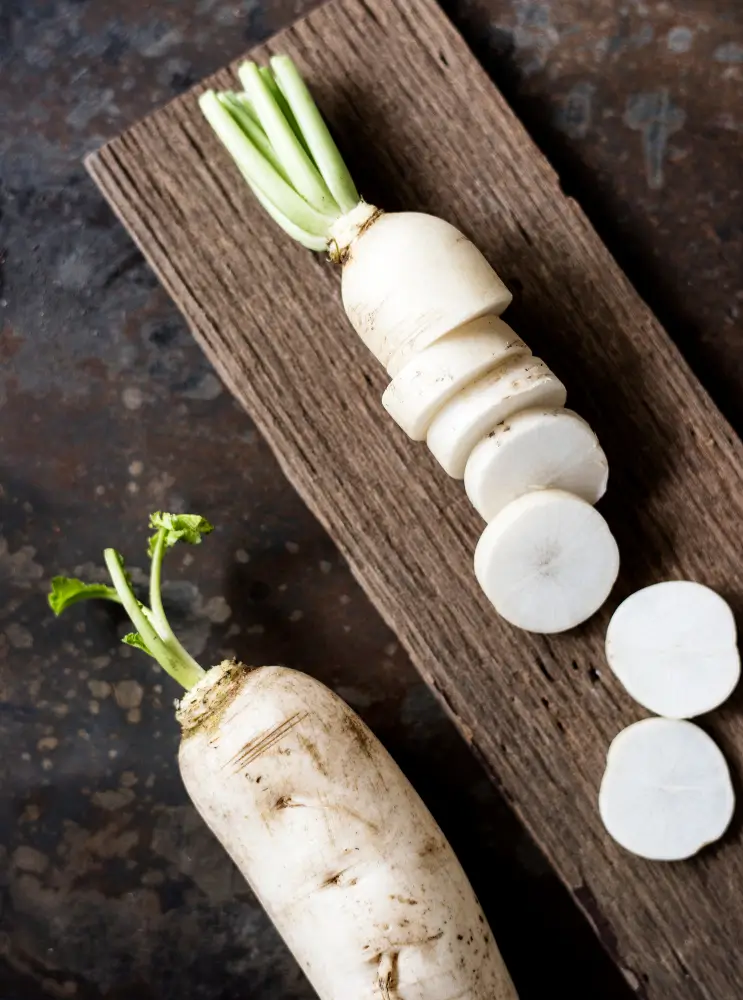

Daikon radish is a large white root vegetable used in a lot of Asian dishes. It has a subtle flavor; it is somewhat sweet and slightly peppery. This is one of the veggies that tastes sweet and crispy, juicy, and refreshing raw or cooked. In addition to the root, the green leaves of the daikon are edible and healthy. This type is a colder variety and can get very long in shape, making it sort of like a cylinder.
Daikon is quite common and it is consumed pickled, in soups or raw in salads. Daikon is prized by gardeners because it matures rapidly and has many culinary uses.
| Scientific Name | Raphanus sativus var. longipinnatus |
| Common Name | Daikon Radish |
| Family | Brassicaceae (mustard family) |
| Type | Cool-season root vegetable |

September 18, 2025
10 minute read
September 17, 2025
9 minute read
September 17, 2025
20 minute read
September 17, 2025
20 minute read


Join as a seller and connect with thousands of B2B buyers nationwide!
Sign Up
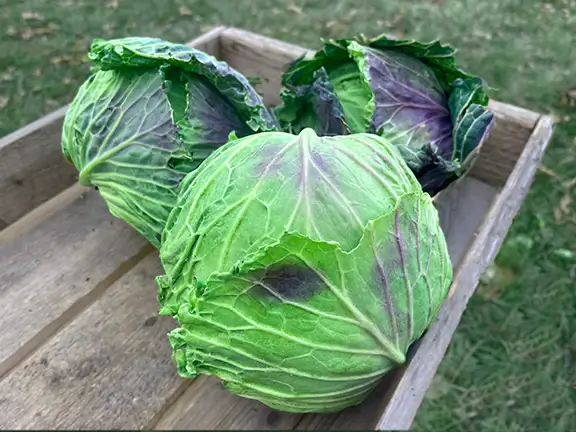
January King Cabbage
January King cabbage is one of the winter vegetables with stunning tastes and wonderful cooking uses in the kitchen.

Cabbage Napa
Also known as the Chinese cabbage, Cabbage Napa is a long leafy vegetable which is also tender and trending centuries back to Asian cooking. These pale green leaves and crisp white stalks provide a mild, delicate sweetness that is delicious both in its ra
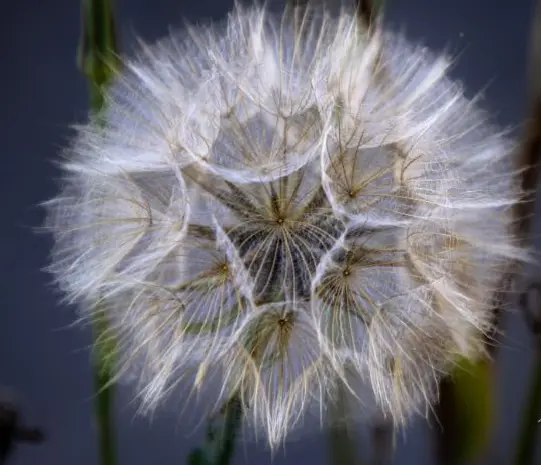
Dandelion Mammoth
The Dandelion Mammoth is the larger and stronger version of the common dandelion. It is liked by gardeners, herbalists, and farmers. The plant is loved by people because of its size and useful qualities. It is a perennial herb that would do well in most c

Dandelion
The dandelion, this cheerful yellow-flowered common wild plant, adorns hundreds of landscapes. It grows in lawns, fields, meadows, and even cracks of sidewalks; for it is extremely adaptable towards where it can grow.
Daikon radish (Raphanus sativus) has been grown in Asia for many years. This is very common in Japanese, Korean, and Chinese cuisine. The leaf is traditionally added as a potherb to soups, stews, and pickles. In traditional medicine, it is known to improve digestion and act as a cleaning agent. Farmers grow daikon in the fields for both food and soil conditioning, as it has a long (deep) root.
Daikon radish is so much more than just food in many cultures; it is connected to cultural festivals and special dishes. In Japan, it is frequently eaten in the winter and you will find it being served for New Years. With it, kimchi, that is made or soup cooked. The vegetable can be carved into decorative shapes for festivals. In some cultures, radish in dreams implies health and vitality.
Daikon radish is larger and milder than the most common red radishes. It grows long and white, while regular radishes are small and red or pink. It has a more subdued, less spicy flavor. Daikon roots also store well in cool places. Its leaves are additionally consumable, like other varieties of radish.
Daikon is considered the "winter radish," as it thrives in cooler climates. In Japan, it is typically whisked with a grater and grated as a garnish on baked items. It has long roots that have the ability to break up soil compaction, making it a useful cover crop for creating healthy soils. Daikon is low in calories but high in vitamin C and digestive enzymes, helping to support good health. It is a go-to in many Asian and global dishes due to its mild flavor.
Daikon radish roots tend to be quite large, often growing between 6–20 inches long and weighing several pounds. Smooth and white, occasionally tapered. The long, tree-like stalks had jagged, sticking-up leaves. It is not very aromatic and grows pungently in cold soils; it appears within days of sowing.
Fresh daikon radish is prepared in salads, cooked in soups, or pickled to make a surprisingly spicy snack. It has a very mild flavor and adds zest to dishes without overpowering them. The leaves can be sautéed or added to soups. Daikon is also used in traditional remedies for digestion and inflammation.
Daikon radish prefers cool weather and well-drained, fertile soil. It grows best in full sun but tolerates light shade. The soil should be loose to allow the long root to develop properly. Daikon needs regular watering but should not be waterlogged.
Daikon radish is generally hardy but can face pests like flea beetles, aphids, and root maggots. Fungal diseases may occur in overly wet soil. Crop rotation and pest management help keep plants healthy. Row covers can protect young seedlings from insects.
Daikon radish seeds are small, round, and brownish with a hard seed coat. They are easy to handle and sow directly into soil. The seeds germinate quickly under the right conditions.
Seeds sprout best in cool soil temperatures of 50–70°F (10–21°C). Germination usually takes 3–7 days. The soil must be kept moist but not soggy. Thin seedlings to allow enough room for root growth.
Fresh seeds have the highest germination rates. Daikon seeds can stay viable for 2–3 years if stored properly. Store seeds in a cool, dry, airtight container away from sunlight. Older seeds may need soaking to improve germination.
Daikon radish is best grown by direct sowing outdoors. Sow seeds about 1/2 inch deep in loose soil. Space seeds 2–4 inches apart to give roots room to grow. Thin seedlings to about 4–6 inches apart after germination.
Prepare soil by loosening deeply to help root growth. Add compost or organic matter for nutrition. Avoid compacted or heavy clay soils. Water regularly and mulch to conserve moisture.
Regular inspection helps catch pests early. Remove damaged or diseased plants promptly. Use natural pest controls and encourage beneficial insects. Rotate crops to avoid soil diseases.
Daikon radish matures rapidly and can be harvested in 50–70 days after planting. Roots are ready to eat when they are well-sized but before they become woody. Gently pull the roots since they are not long enough to be damaged by a light wiggle. You can harvest young leaves for greens
Fresh daikon radish roots can be stored in the refrigerator wrapped in plastic or in a vegetable drawer. When stored correctly, they will last 1–2 weeks. Leaves should be used soon, or they can be frozen. This Daikon can also be both pickled and dried for storing over a longer period.
Daikon is a mild-flavored cruciferous vegetable in the same family as broccoli and kale; it's rich in nutrients (such as fiber, vitamin C, and potassium) and easy to grow if you have a cool climate. This provides mild, crisp roots and leafy greens. The leaves can be used fresh, cooked, or pickled. Due to its rapid growth and ability to enrich soil, it is also commonly grown by gardeners and farmers. Growing daikon radish adds variety and health benefits to your kitchen garden.
Yes, a deep container with loose soil for the roots to grow in.
Water regularly, but do not let the soil get waterlogged.
It will tolerate light frost but is best in cool, frost-free conditions.

Patios, Walkways & Driveways
Victor Miller

Pest Identification & Prevention
Victor Miller
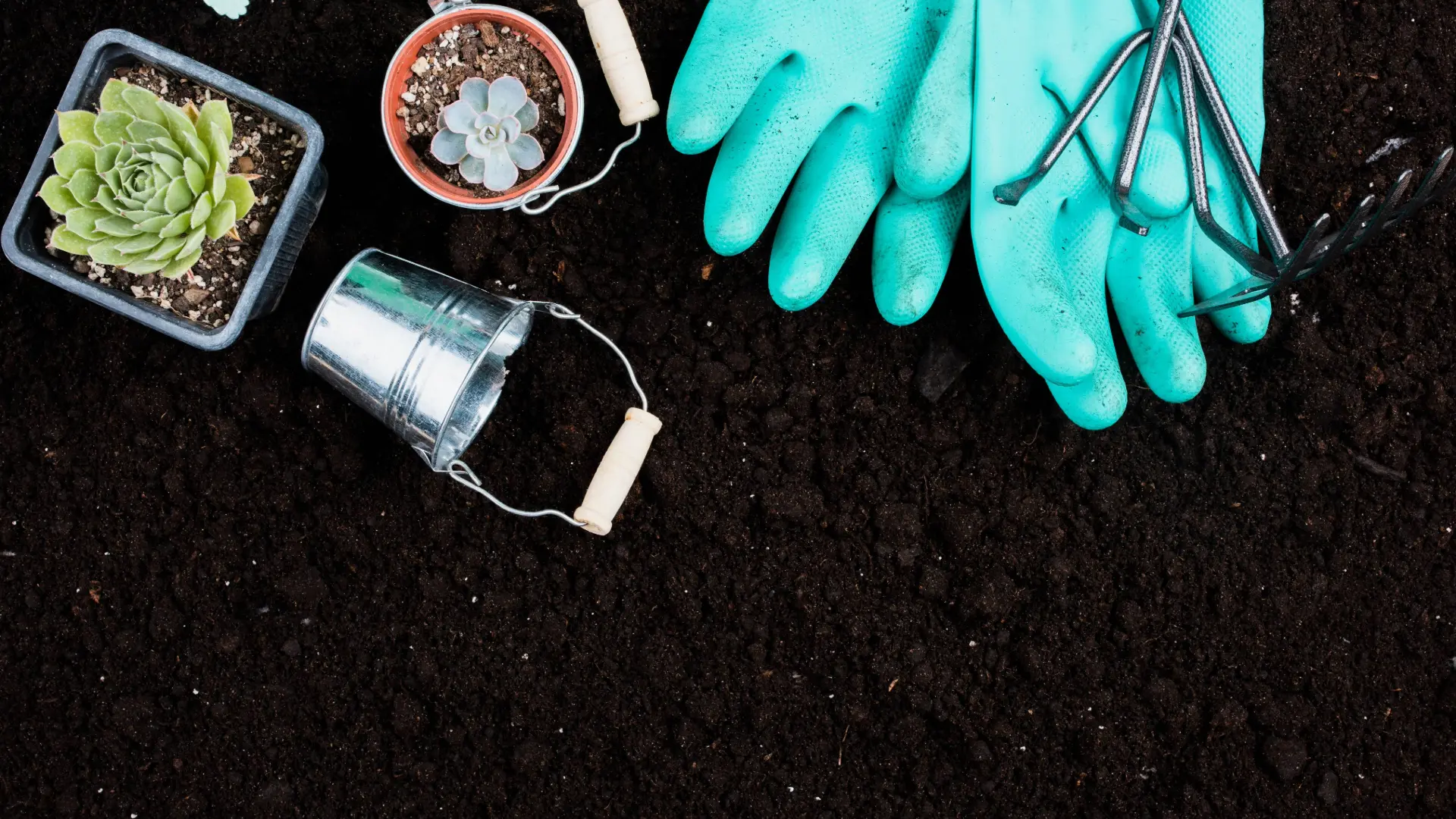
Soil Health & Fertilization
Gina Lazaarus
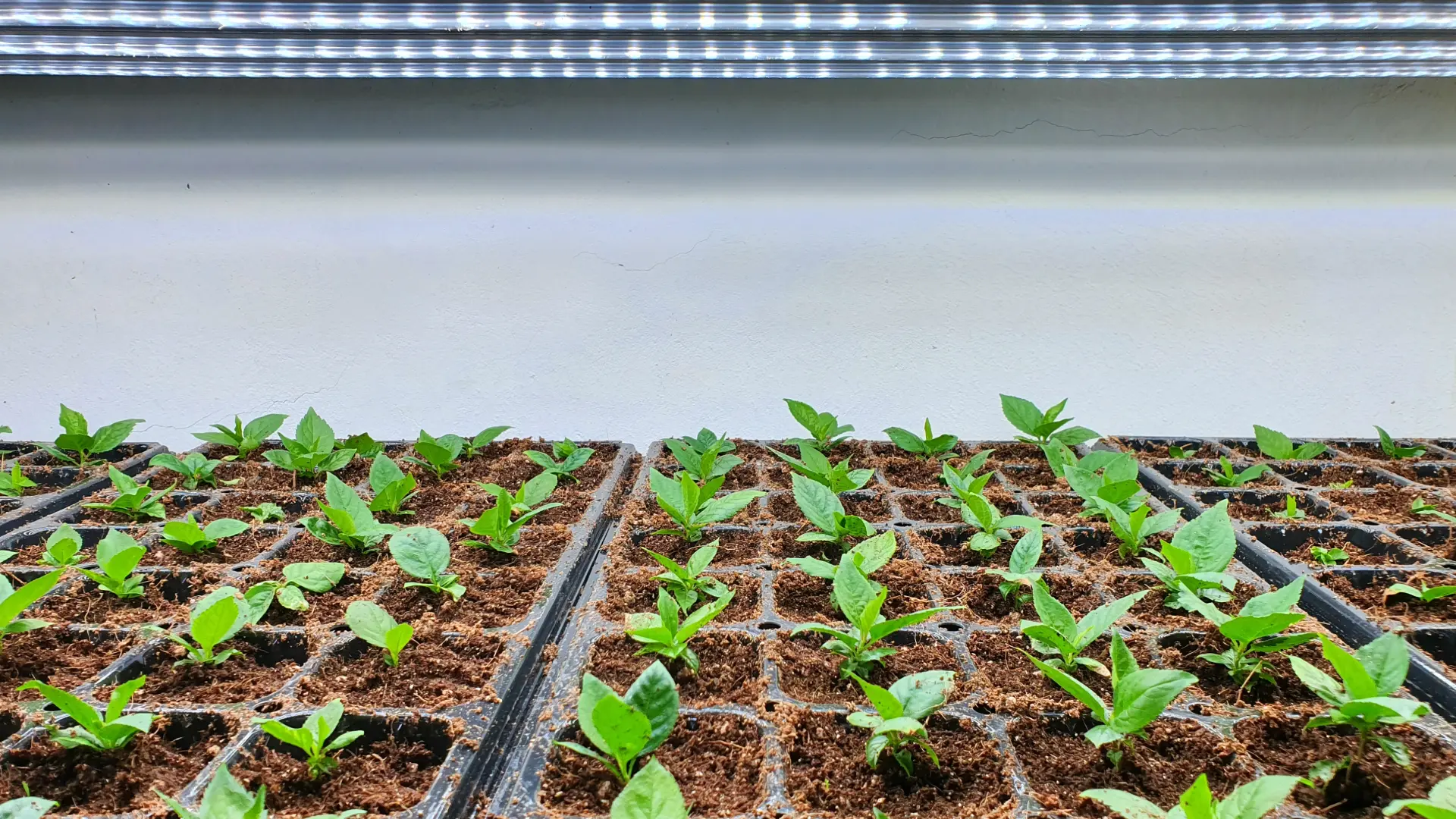
Lighting & Technique
Gina Lazaarus
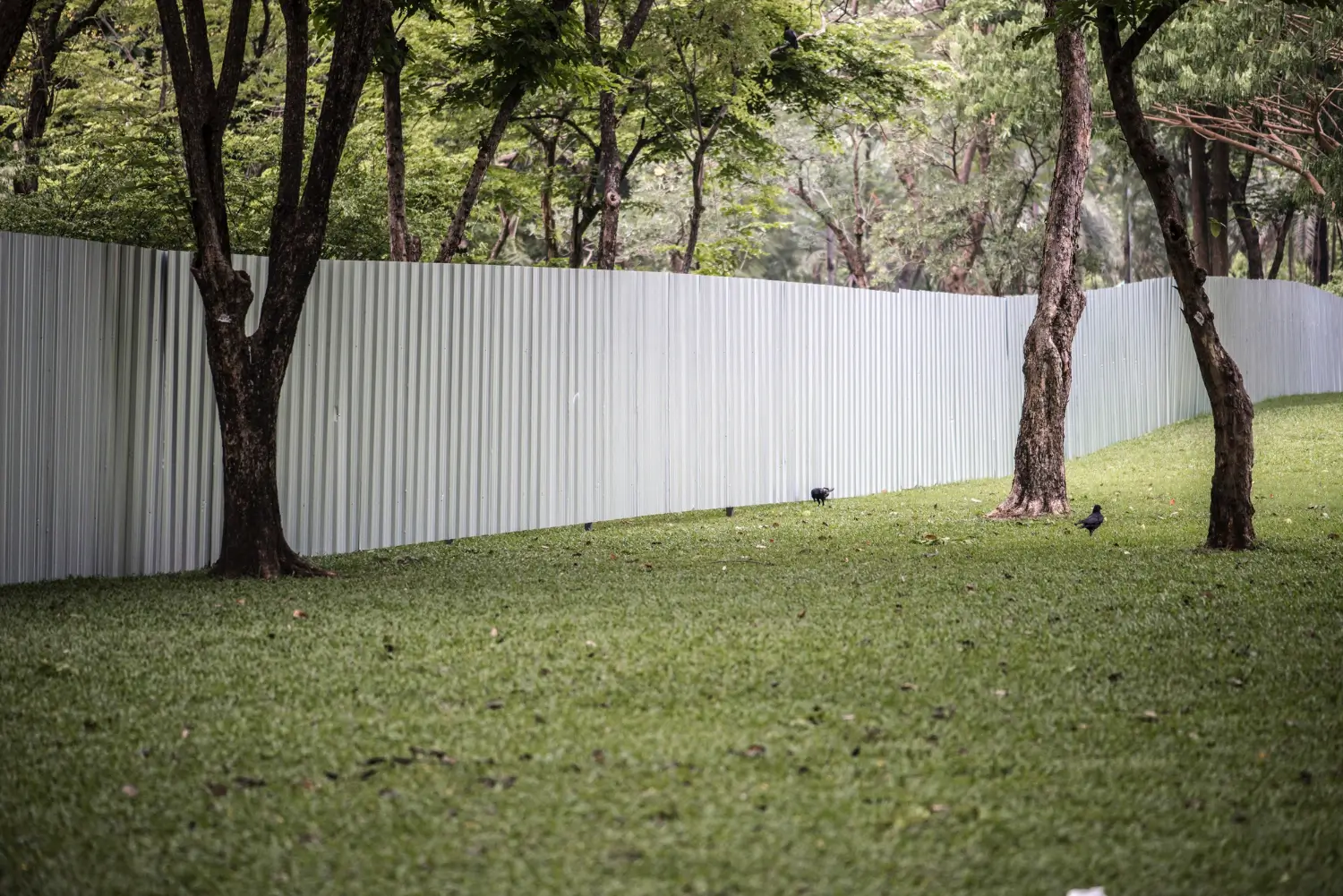
Construction Tips & Techniques
Victor Miller

Maintenance & Equipment Tips
Victor Miller

Soil Health & Fertilization
Victor Miller

Organic Gardening
Gina Lazaarus
My Account
Our team is always here to help.
We are open Monday - Friday, 9:00 AM to 4:30 PM PST.